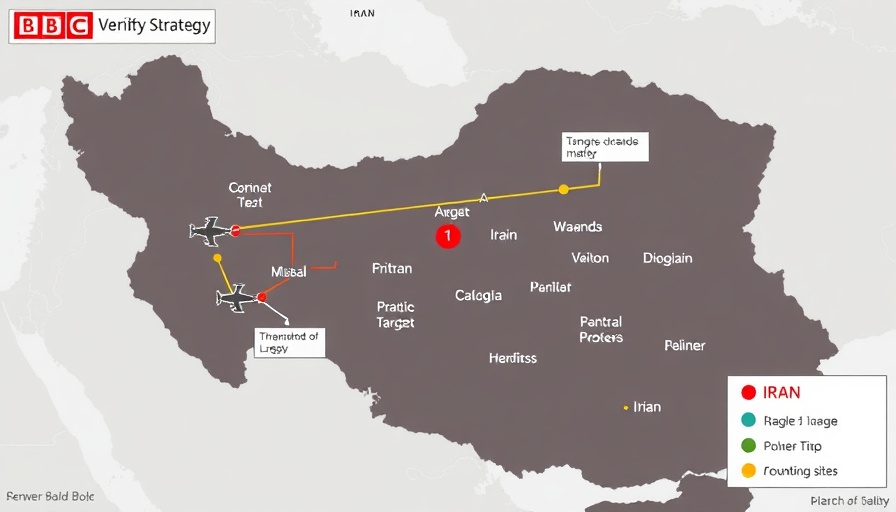
America's Stealthy Strike: A Deep Dive into Operation Midnight Hammer
In the early hours following a tense buildup of military activity, the United States launched a calculated military operation named "Operation Midnight Hammer." This intense mission targeting Iran's nuclear facilities was executed with precision and secrecy, utilizing advanced strategies and technology, including the formidable B-2 stealth bombers.
The operation commenced shortly after midnight, with bombers taking off from Whiteman Air Force Base under the cover of darkness. As detailed by General Dan Caine, the mission was planned meticulously to ensure the secrecy and safety of the operation. Essential to the success of the strike was the use of decoys; flights to Guam acted as a distraction, misleading observers while the actual targets were hit thousands of miles away.
American defense experts noted that the B-2 bombers, capable of delivering powerful bunker buster bombs, were ideally suited for the job. These munitions are designed to penetrate deeply buried installations, such as the Fordo facility, which is a crucial aspect of Iran's nuclear development. This operation has raised eyebrows globally, not only for its implications but for the lengths the US employed to keep it under wraps.
The Risks and Rewards of Military Deception
As tension continues to mount between the US and Iran, the use of deceptive tactics raises questions about ethical warfare practices. While military deception can lead to successful outcomes, it also brings significant risk. Analysts argue that this calculated approach could potentially escalate conflicts, prompting Iran to respond aggressively in retaliation.
Implications for International Relations
This striking operation serves as a reminder of the delicate balance of power in the Middle East. The international community watches with bated breath as the repercussions unfold. Countries allied with both the US and Iran will likely reassess their positions, which could lead to shifts in global alliances.
Next Steps for the US and Iran
As the dust settles on Operation Midnight Hammer, the next steps are crucial. The US must navigate its response to any Iranian retaliation while managing international perceptions and alliances. For Iran, how they choose to respond to this act of aggression could redefine their foreign policy and military posture.
Continued monitoring of these developments will be essential for global stability. Observers from various sectors—including business, legal, and medical—will find themselves impacted by the ripple effects of this operation, as shifts in international relations can lead to broader implications across all industries.
Conclusion: The Unfolding Narrative
Getting the full picture on such complex matters is essential for understanding how decisions at the highest levels of power can influence global dynamics. For those engaged in national and international landscapes, either through direct involvement or vested interests, staying informed is crucial as this narrative continues to evolve.
 Add Row
Add Row  Add Element
Add Element 



Write A Comment